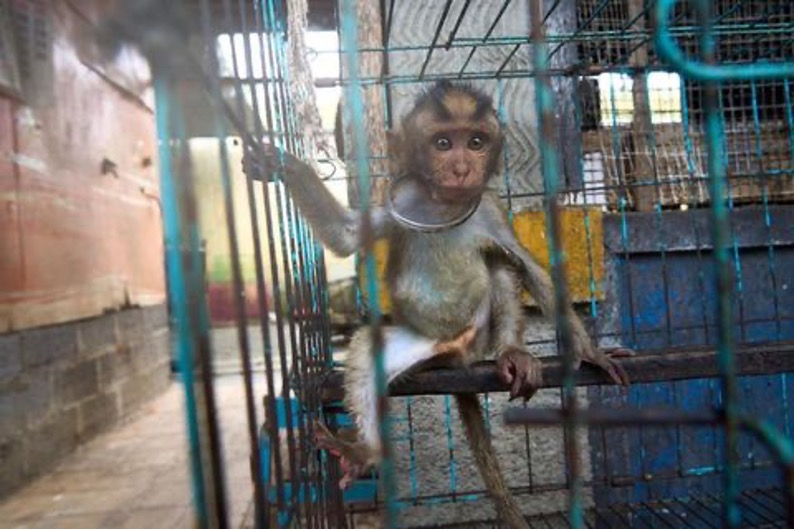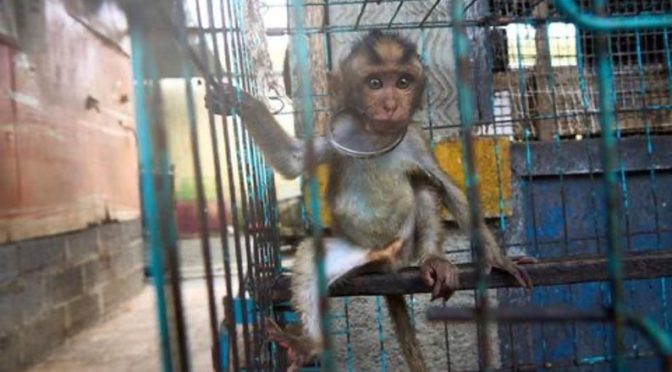So far this blog series has largely explored the indirect impacts that social media has had on conservation efforts. This week, the illicit trade of threatened species will be discussed, outlining the havoc that trade is causing on wild populations and individual animal welfare.
Patterns of trade have uncovered just how easy amateur tradespeople are moving in less visible trade corridors. These corridors are less policed and often less known by local governments than physical markets, such have been well documented by Little Fireface Project’s market surveys including songbird trade in Indonesia. Firstly, the issue of illegal, online trade will be outlined, which will encompass improper knowledge of the marketed species and inappropriate setting of sale. This blog will then consider the individual welfare of the involved species before dissecting the long-term impact on wild populations and conservation.

Content covered in previous weeks are directly associated with trade. The role of influencers flaunting exotic animals and the use of photo-props fuel demand for exotics as pets. Not only are photo prop animals, present on Instagram, typical victims of illicit trade with unknown origins, they catalyse further exploitation of wild populations to meet demand. Organised and criminal poaching practices are illegal but are prominent in many parts of the world, notably in the United Arab Emirates (UAE). The exotic pet trade is a multi-million-dollar industry; exotics are valued as status symbols. See more on the prevalence of threatened species in the UAE and presence in domestic environments here. In addition to being illegal, amateur tradespeople frequently mislabel species and provide brief and inadequate descriptions on good species-specific husbandry, leaving prospective owners even less equipped to deal with these grossly inappropriate exotics. Tradespeople are using simple hashtags and ‘cute’ imagery to build their platforms rapidly.
Due to the easy ‘click, pay, ship’ nature of online markets, live animals are exported at an alarming rate transnationally. On an individual level, welfare is typically compromised, see here. Little attention is given to psychological and physical well-being, as long as the ‘product’ appears marketable. Once an animal outgrows a domestic environment or, upon sexual maturity, has a behavioural shift, which deems them less manageable, they are discarded. This can leave them in even more precarious situations or burden local sanctuaries. It is not just live animals but their products and body parts that are prized and sold online. Marine turtle shell are fashioned into decorative combs, rhino horn is crafted into ornamental cups and medicinal tonics and aphrodisiacs, and tiger teeth and claws are used for amulets- see further examples here.
Wild populations are being decimated to meet an online demand for viral content. Poachers are given a valuable opportunity to multiply their existing quotas, disrupting natural social and ecological systems. The Coalition to End Wildlife Trafficking Online has implemented strong strategies to crack down on unregulated trade, connecting wildlife experts to social media companies, such as Instagram. What can individuals do when they come across illegal activity concerning the trade of threatened species? In early 2020, Instagram implemented a new section under their reporting process, meaning under the ‘sale of illegal or regulated goods guidelines’ endangered wildlife and their parts is now incorporated. This action sought to mitigate criminal activity on the app. See more on this function here. Unfortunately, this system is not perfected, once an account is reported and closed, a new account can be opened shortly after. This calls for more robust social media policies to stop online trade in its tracks.
See you next Friday!
Jacob Callicott
Further reading

